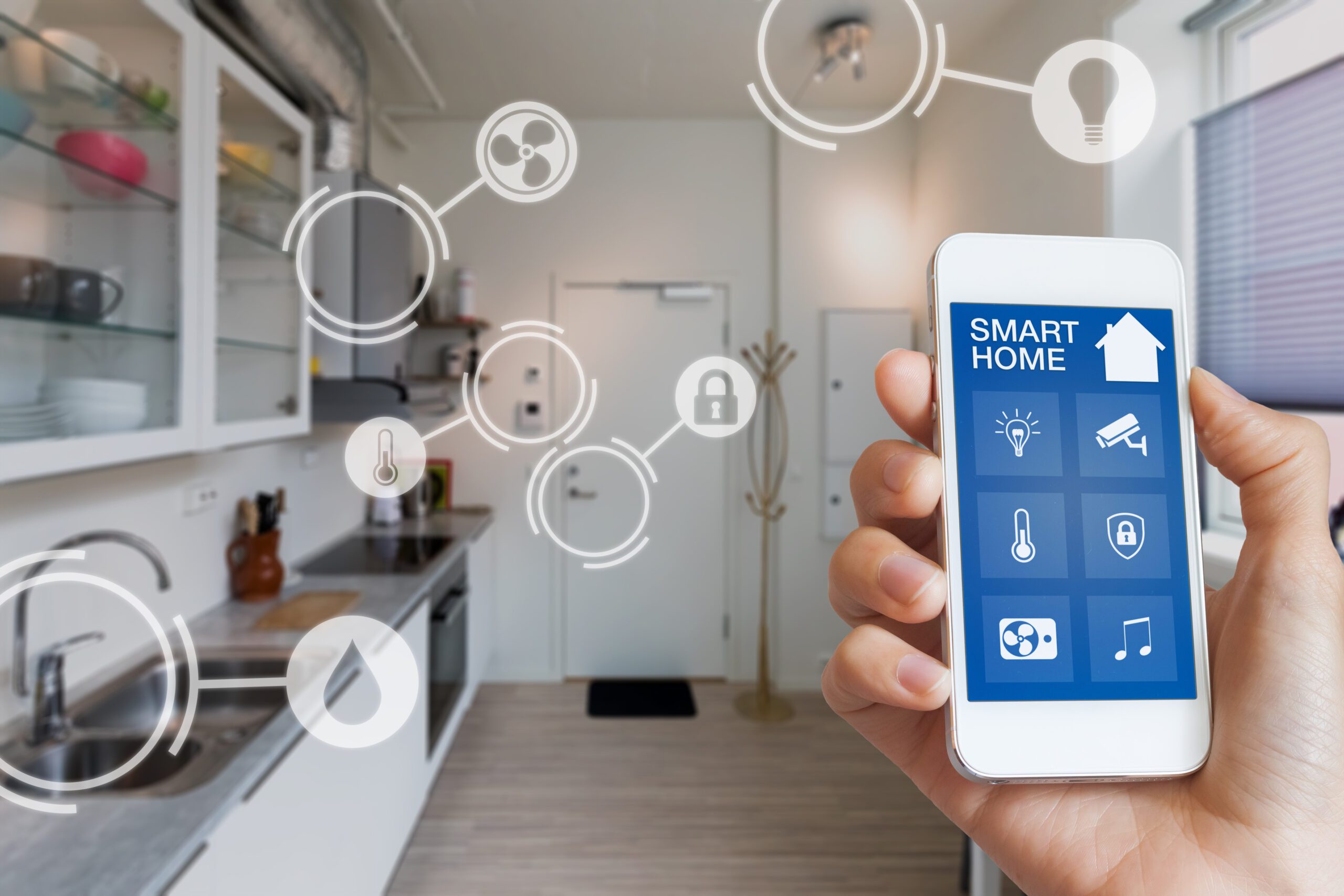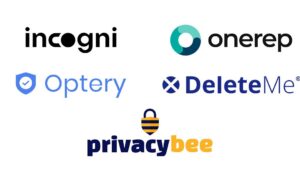Have you ever felt like something was listening to your conversations? If you have a smart speaker in your home, your feelings are totally justifiable. Smart home devices like smart speakers are often equipped with microphones that allow them to listen in constantly.
Most tech companies aren’t interested in listening to the intimate details of your personal conversations for their own entertainment; instead, this constant listening is more about making sure the device is ready if and when you want to start using it.
Even so, it’s disconcerting to know that so many tech companies are gathering so much information on us. If smart home technology has you feeling a bit paranoid, don’t worry. There are plenty of strategies that can help you improve your privacy.
Smart Home Tech: A Double-Edged Sword?
In principle, smart home technology is a vast improvement over the old way of doing things. Thanks to novel devices and apps, we can remotely and conveniently control just about everything in our own households, from the temperature to the volume of our music.
However, not everyone believes smart home tech to be an “a priori” good. People who value their privacy sometimes feel that tech companies gather too much data, or that smart home devices present too many vulnerabilities to be entirely trusted. If a person with nefarious intent gains access to your home network, it could represent a massive violation of your privacy.
How to Improve Your Privacy
In this way, security and privacy are two sides of the same coin. With these strategies, you can improve both your security and privacy, so you can feel more secure using technology in your own home:
- Practice minimalism. One strategy is to practice minimalism. Each new device you add to your network and each new tech company you work with is a new vulnerability and a new way that your privacy could potentially be violated. If you only acquire new devices and apps when they have a clear benefit to you, you can improve your data security and privacy immediately.
- Do your due diligence before procuring new devices or apps. If and when you are in the market to acquire new services, always do your due diligence. Some companies have a much better reputation for protecting the privacy of their consumers than others – and some companies make much more of an effort to keep their apps and devices secure. Even a small amount of research can give you an advantage when shopping for something new.
- Secure your Wi-Fi router. If someone gains access to your Wi-Fi network, they can hypothetically gain access to everything on that network. That’s why it’s so important to keep your router secure; choose a strong password and review your security settings.
- Create a separate Wi-Fi network. Because this network is such a vulnerability, it may be wise to create a separate Wi-Fi network exclusively for your smart home technology. This way, if one of your devices is compromised, it won’t affect your personal devices like laptops and smartphones.
- Choose strong passwords. Across all your devices and accounts, it’s important to choose strong passwords. Longer passwords are always superior to shorter ones, and you can make your passwords instantly stronger by including a mix of different characters like uppercase letters, lowercase letters, numbers, and special symbols. Never use the same password for two different accounts; always choose a new, unique one.
- Enable MFA. Multi-factor authentication (MFA) is another way to keep your devices and accounts secure. With this setting enabled, you’ll be forced to prove your identity in multiple ways (such as providing a code that was texted or emailed to you) before you’re granted authorization to one of your accounts.
- Turn off listening mode. Some devices allow you to control “listening mode,” essentially turning the microphone off when you don’t need the device. Take advantage of this setting to turn off listening mode whenever the device isn’t strictly necessary. This may make some of your smart home devices less convenient to access, but it will also greatly improve your privacy.
- Review (and utilize) privacy settings. Always take the time to review and utilize privacy settings on all your apps and devices. You might be surprised at how much control you have over your own data and how it’s used.
- Disable unnecessary features. Most modern smart home devices come with a wide range of features, which can typically be enabled or disabled individually. If there are settings you don’t need or settings you don’t understand, consider disabling them.
- Stay updated. Updates and patches are designed to improve your security. When software development teams find a vulnerability that hackers could exploit, they work diligently to close that vulnerability and make the patch available to their users. However, these patches are only useful if you actually download and utilize them. Turn on automatic updates to save yourself some headaches.
Smart home technology isn’t necessarily a good thing or a bad thing. It’s a new development with massive potential advantages, but also some risks and downsides. If you take your privacy and security seriously, it’s important to be proactive with the strategies you use to manage the smart home technology in your own house; don’t just assume that everything is perfectly secure or private out of the box.



























